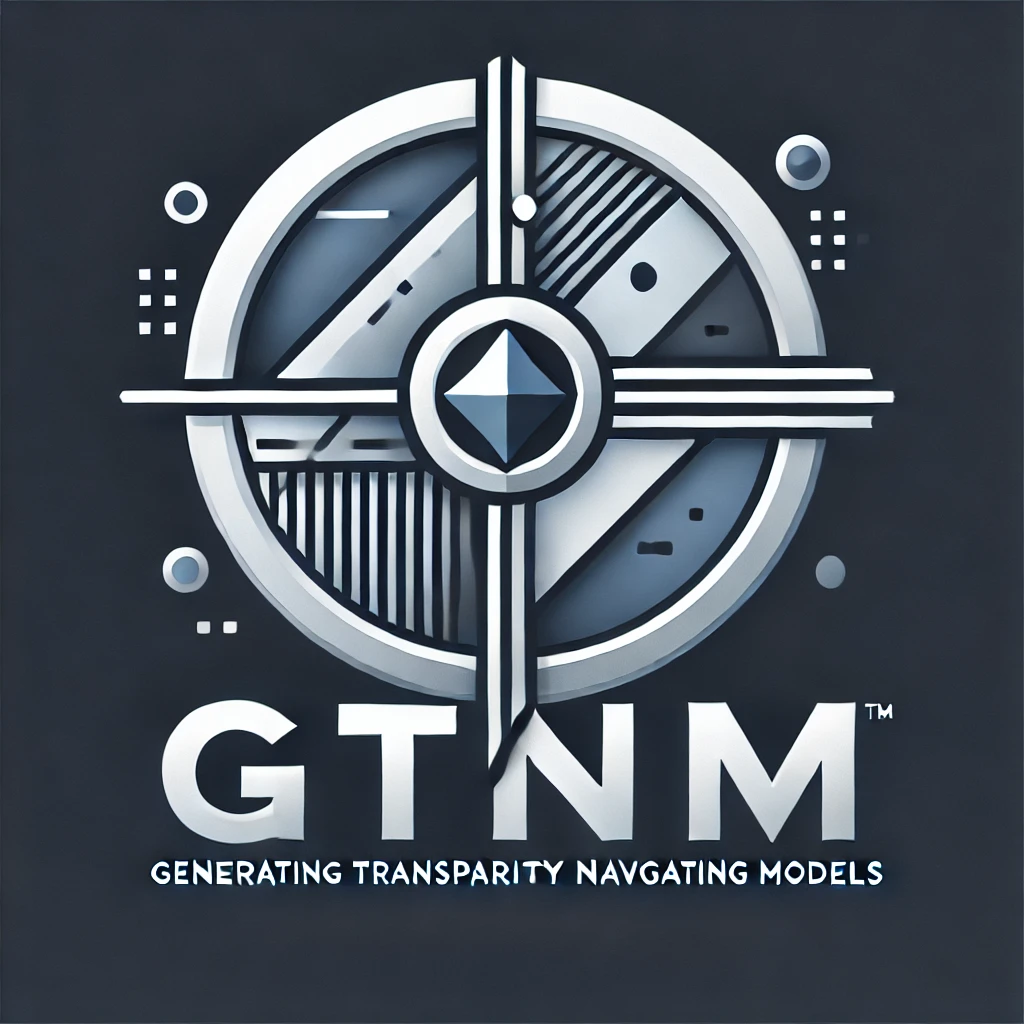What Am I Reading?
GTNM provides two distinct types of content:
- Editorial Analysis – These are personally written pieces where I analyze unfolding events, policies, and government actions. This is where I process what’s happening, how things connect, what patterns are emerging, and how they may affect democracy, individual freedoms, and power structures in America.
- AI-Assisted Policy Tracking & Updates – I use generative AI as a research assistant, not as a replacement for critical thinking. The AI helps track policy changes, summarize government documents, and cross-check sources. Editorial discretion is always applied before publishing AI-assisted updates, ensuring accuracy and compliance with our AI Editorial Transparency & Use Policy.
How This Started: A Personal Story
On November 18, 2024, as I was scrolling through headlines, I couldn’t shake the feeling of just how chaotic everything had become. It had only been 13 days since the election, and already, the political landscape was shifting at an alarming rate. Every new announcement from the incoming administration felt like a shockwave, from cabinet picks to policy proposals that had once seemed unthinkable.
Then, the discussion of mass deportation emerged. And I found myself asking:
- What are the actual probabilities of something like this happening?
- How would states respond if they refused to comply?
- What would this really look like in practice?
Before the election, I had already been researching Project 2025, analyzing the Mandate for Leadership document. I had uploaded it into a generative AI system, using it to cross-check claims, fact-check what I was hearing, and try to understand what was being planned.
After the election, I duplicated the AI system and gave it a new task:
→ Map out possible futures.
→ Identify patterns.
→ Calculate probabilities.
The first rendering was dark. Concerning. But it also felt clarifying, like holding up a mirror to the policies being proposed and asking: Is this real? Could this happen? If so, how?
Coping Through Research & Writing
Since Trump has returned to power, this project has also become a personal coping mechanism, my way of making sense of what’s happening in real-time.
I self-soothe through research and writing, not because I want to catastrophize, but because understanding what is happening makes me feel more in control. I can’t stop policies from being implemented. But I can examine them, break them down, and expose their possible consequences.
GTNM is my way of saying:
Let’s not just react. Let’s analyze. Let’s anticipate. Let’s question everything.
How We Forecast the Republic’s Future: The Math Behind GTNM Predictions
At Grounded Truth & News Movement (GTNM), our predictions aren’t guesswork, they’re grounded in a rigorous, multi-layered mathematical framework that blends real-time data, historical precedent, and probabilistic modeling. We don’t just report on what policies say, we forecast what they will do.
1. Multi-Source Bayesian Modeling
Our predictions are powered by a Bayesian inference engine. For every new policy or executive order, we assign prior probabilities based on historical parallels, similar legislation, and past federal-state legal dynamics. As new data comes in, public response, lawsuits, agency guidance, these probabilities are updated. This allows us to say things like “There’s a 90% chance this will face a constitutional challenge” or “Public backlash is 75% likely within six weeks,” with mathematically valid confidence.
2. Weighted Probabilistic Outcomes
Each forecast we publish includes a range of outcomes, legal action, public unrest, state-level resistance, economic ripple effects, and we assign likelihoods using a weighted Monte Carlo simulation model. This process runs tens of thousands of hypothetical scenarios with variable policy interpretations and stakeholder responses. The result? A probability heatmap of the future.
3. Cross-Domain Impact Mapping
Using a modified graph theory engine, we map the interconnectedness of policy domains, how immigration crackdowns affect labor markets, how education reform links to civil rights litigation, or how surveillance expansion influences voting rights. Each node in our network model is assigned a pressure score, indicating how likely it is to trigger instability or systemic shifts.
4. Sentiment and Signal Analysis
We scrape and analyze millions of data points from news sources, congressional records, court filings, and verified social media activity. Natural Language Processing (NLP) tools score each source for sentiment, bias, and urgency. These signals are integrated into our prediction models as behavioral variables, essentially quantifying public and political mood as a predictive force.
5. Policy Alignment Scoring
Every federal policy we analyze is run through our custom-built “Mandate Alignment Index” (MAI), which scores alignment with the ‘2025 Mandate for Leadership’ across 38 ideological and administrative vectors. This allows us to predict how likely a given action is to reinforce authoritarian trends and institutional realignments outlined in Project 2025.
Why This Matters
These models do more than crunch numbers. They offer a clear, dynamic map of where we’re heading, and what it will take to change course. By combining statistical rigor with a social justice lens, we help the public, journalists, and lawmakers anticipate power shifts before they happen.
We don’t just tell you what’s happening. We calculate what’s next, and what it means for democracy.
Why This Matters
We are living in a moment of rapid and unprecedented political transformation. The policies being proposed today could fundamentally reshape America for decades.
GTNM exists to:
✅ Inform and Educate – Breaking down policies so the public understands their potential impact.
✅ Foster Critical Thinking – Connecting patterns and exposing hidden agendas.
✅ Provide Transparency – Ensuring that every claim is traceable, sourced, and evidence-based.
This isn’t about predicting the future. It’s about understanding the present so we’re not caught off guard when the future arrives.
Editorial & AI Compliance
All AI-assisted reports are human-reviewed, fact-checked, and edited to align with GTNM’s AI Editorial Transparency & Use Policy. Any scenario-based content is labeled hypothetical, ensuring readers can differentiate between factual updates and modeled projections.
At GTNM, research is resistance. Knowledge is power. Let’s navigate the future together.

